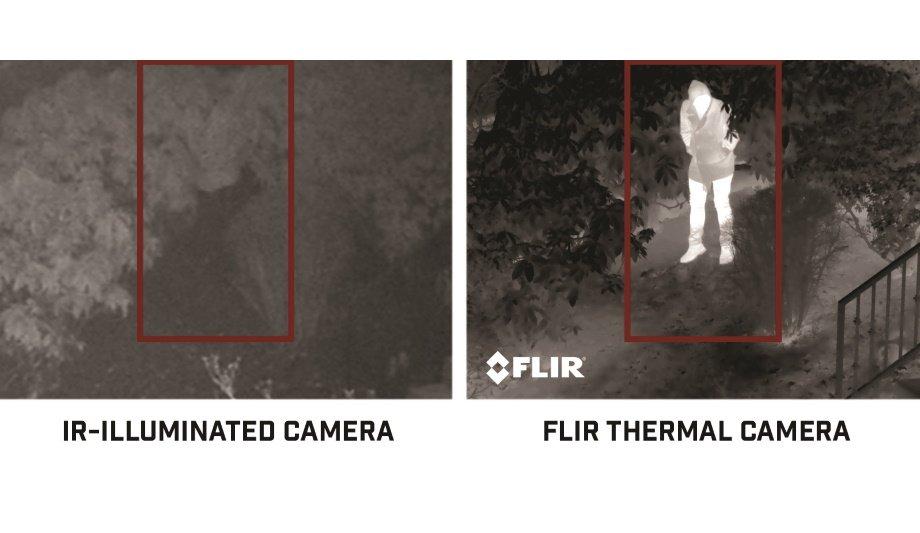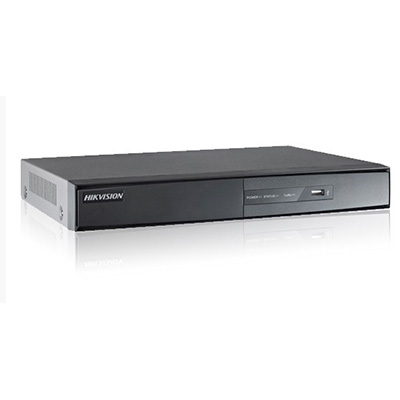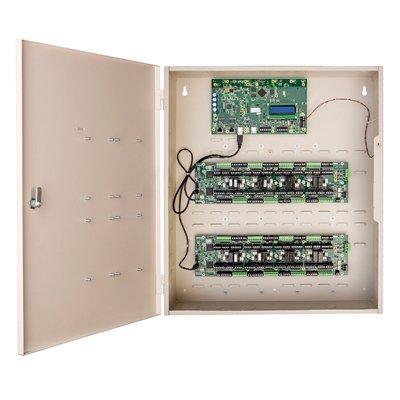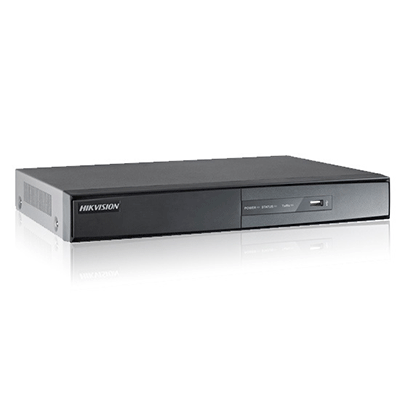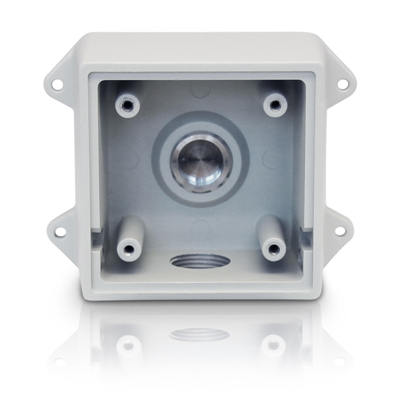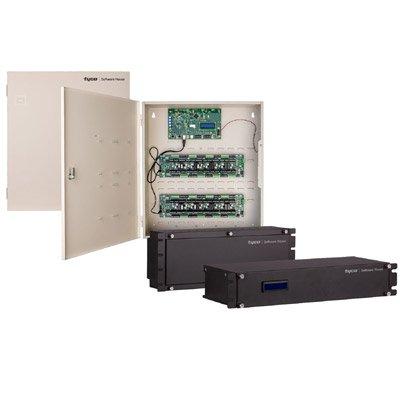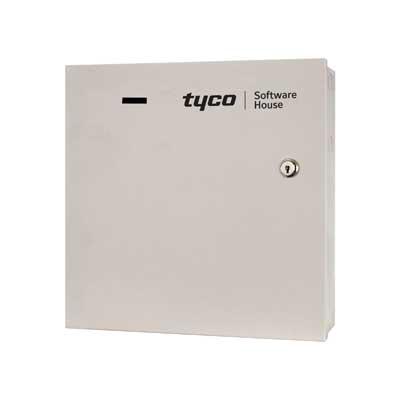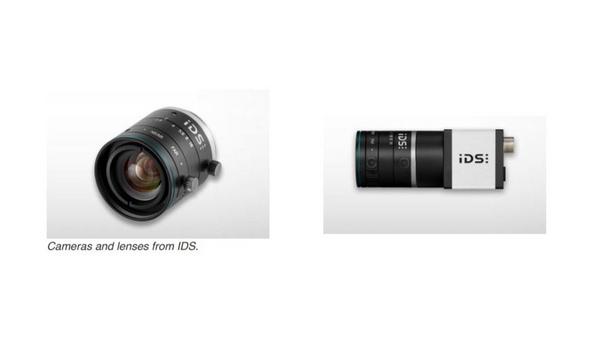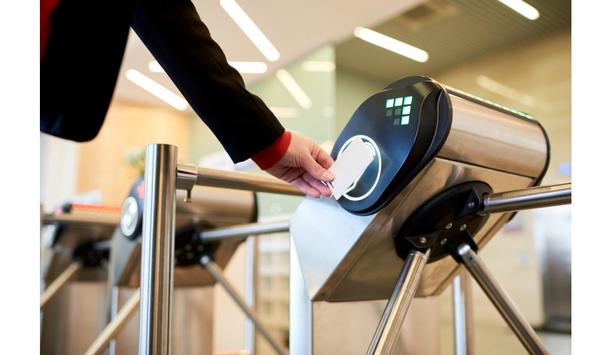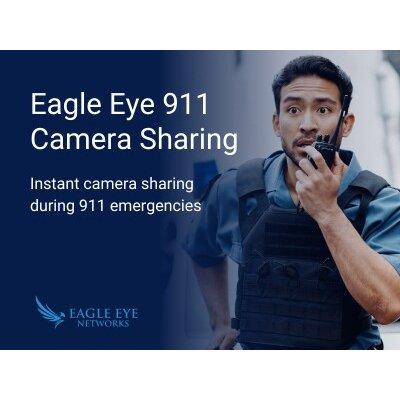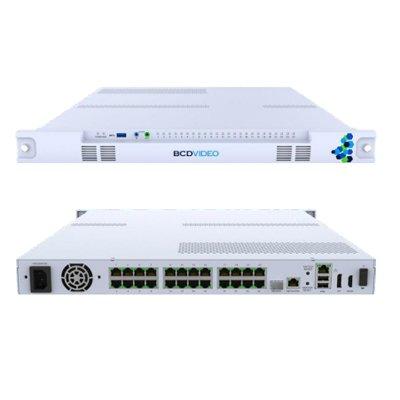Blind spots in surveillance coverage, incompatible video and access control systems, lack of adequate perimeter measures are some of the common issues that facility directors must address with their security teams. At the end of the day, facility executives need technology that accomplish more with less and that expand situational awareness, overall system functionality, and real-time response capabilities, while generating cost savings. By leveraging technology like thermal imaging, this is possible.
FLIR Systems stresses that security directors who want to improve facility management, specifically 24/7 monitoring for heightened security and elevated skin temperature frontline screening for entry control, should consider incorporating thermal cameras into their next security upgrade or new installation project.
Leveling up security with thermal security cameras
By using thermal security cameras, facility directors can better protect their property
By using thermal security cameras, facility directors can better protect their property and tenants from external threats. Backed by decades of successful deployment in the government and defense sector for reconnaissance, thermal imaging is a trusted technology.
New innovations have expanded the use cases for thermal cameras and made them widely available to commercial and industrial facilities. Corporate offices, manufacturing plants and healthcare campuses all use thermal cameras as a core component of their security strategy.
24/7 surveillance in low light or dark settings
Thermal security cameras perform in adverse conditions where standard surveillance cameras cannot. Visual cameras require a light source, and thus, additional infrastructure, to produce an image. If there’s no light, there’s no video. Because thermal cameras measure infrared radiation, or heat, they do not need illumination to produce imagery. In fact, thermal cameras can see in total darkness as well as in rain, smoke, and light fog. They truly enable 24/7 surveillance.
Furthermore, thermal cameras yield high-contrast imagery, which not only enhances video analytics performance, but also situational awareness. For example, a security operator viewing a thermal camera feed can easily spot a trespasser attempting to camouflage in the foliage at night, by alerting the operator of body heat on premise. Thermal cameras also enable alarm validation.
Equipped with onboard video analytics
While motion sensors, laser detectors and fiber optic cables need another technology to visually verify the alert, thermal cameras already provide this function. With onboard analytics, thermal cameras detect objects, classify whether it’s a human, animal or vehicle, and provide video clips for remote operators to assess the alert. Consequently, thermal cameras minimize unnecessary dispatch of guards or police for false positives, saving valuable time, money and resource for facilities.
In the event of a true alarm, thermal cameras enable superior suspect tracking. Upon receiving an intrusion alert, a long-range pan-tilt thermal camera can widely monitor the area and scan the property. The camera can then follow the movements of an intruder and if equipped with both thermal and optical sensors, provide both thermal and color video of the person. With this data, a security officer can ascertain the threat level and determine whether the person is an employee who forgot their ID or an unauthorized person trespassing on private property.
Maximising intrusion detection capabilities
It is important to note that thermal cameras cannot detect a specific individual or their personal information
It is important to note that thermal cameras cannot detect a specific individual or their personal information, rather they classify whether the object is a human and then, further analysis is required through of the use of visual cameras for identification.
For these reasons, facility directors, especially those managing large campuses or properties, should consider deploying thermal cameras to maximize their intrusion detection capabilities for stronger overall security.
Streamlining entry control with temperature screening
Facility executives can also improve their access and entry control security procedures by using radiometric thermal cameras for temperature screening. COVID-19, classified as a global pandemic in March 2020, has permanently changed how facility directors build security and environmental, health and safety (EHS) plans.
Now, facility directors are prioritizing protocols and technologies that minimize both the risk of exposure, as well as the spread of infectious diseases among employees, visitors and contractors. Temperature checks have become one of the most widely adopted as a key component of frontline screening practices across facilities. In fact, General Motors plants and the Pentagon Visiting Center are notable examples of critical facilities deploying radiometric thermal cameras for skin temperature screening.
Radiometric thermal cameras
Radiometric thermal cameras for skin temperature screenings allow for a non-contact, frontline diagnostics tool that enables high throughput. These thermal cameras specifically measure skin surface temperature at the inner corner of the eye, the region medially adjacent to the inner canthus, which is known to be the best measurement spot.
The most reliable thermal cameras yield accuracies of ±0.3°C (0.5°F) over a temperature measurement range of 15°C to 45°C (59°F to 113°F). Available in a handheld, tripod-mounted or fixed-mount form factor, elevated skin temperature thermal cameras are deployed inside entryways, immediately screening people as they walk into the facility. These cameras scan a person up to one to two meters (or three to six feet) away. Premium thermal cameras can scan individuals in two seconds or less.
Enhanced detection of elevated skin surface temperature
Thermal cameras are used as an adjunct to clinical procedures in the screening of skin surface temperature
Thermal cameras are intended for use as an adjunct to clinical procedures in the screening of skin surface temperature. Upon detection of an elevated skin temperature, a person must then undergo a secondary screening where a medical device can determine whether the person has an actual fever or should partake in virus specific testing.
By implementing these screening procedures, facility directors ensure a faster, non-invasive method to quickly detect possible signs of infection before an individual enters a populous area. This minimizes the risk of communal spread of viruses among employees in the workplace, which ultimately increases workforce health, safety and peace of mind.
Implementing a total security solution
A total security solution designed to detect both physical threats, as well as environmental and health hazards are one that includes thermal cameras for elevated skin temperature screening. Facility managers can strengthen their risk management plans by proactively expanding their security systems to include these solutions.
Many physical security solutions are already in place at key entry points, as well as additional checkpoints, such as indoor surveillance cameras, visitor management and access control. Implementing screening stations with specific radiometric thermal cameras is a logical integration at these locations.
Choosing the right solution for the facility
While thermal cameras for perimeter protection and elevated skin temperature screening are valuable components to the overall security system, facility directors need to know that not all thermal is created equal.
Thermal cameras need to be carefully researched and evaluated before deployment. Here are a few best practices for choosing the right thermal camera for your facility and application.
- Define Your Application: A thermal camera made for long-range perimeter monitoring functions differently than a thermal camera built for elevated skin temperature screening. Make sure to choose a camera designed for your specific use case.
- Know the Distinguishing Characteristics: Be aware of which technological features separate high-performing cameras from low-end options. For perimeter thermal cameras, resolution, detection range and integration capabilities matter. For elevated skin temperature screening cameras, resolution, sensitivity, accuracy and stability are critical.
- Check for Certifications: Select a thermal camera with proven interoperability. Consider one that is ONVIF compliant to ensure integration with the overall security system and chosen video management software. Additionally, for elevated skin temperature cameras, consider one that has a 510(k) filing (K033967) with the S. Federal and Drug Administration as well as one that supports other screening standards such as ISO/TR 13154:2017 and IEC 80601-2-59:2017.
- Work with Experienced Partners: Work with a system integrator who is knowledgeable in thermal. Choose thermal cameras from manufacturers with a solid track record of success for both security and elevated skin temperature screening deployments. Leverage guidebooks, site planning tools and online trainings that these experienced manufacturers have to offer to maximize performance.
